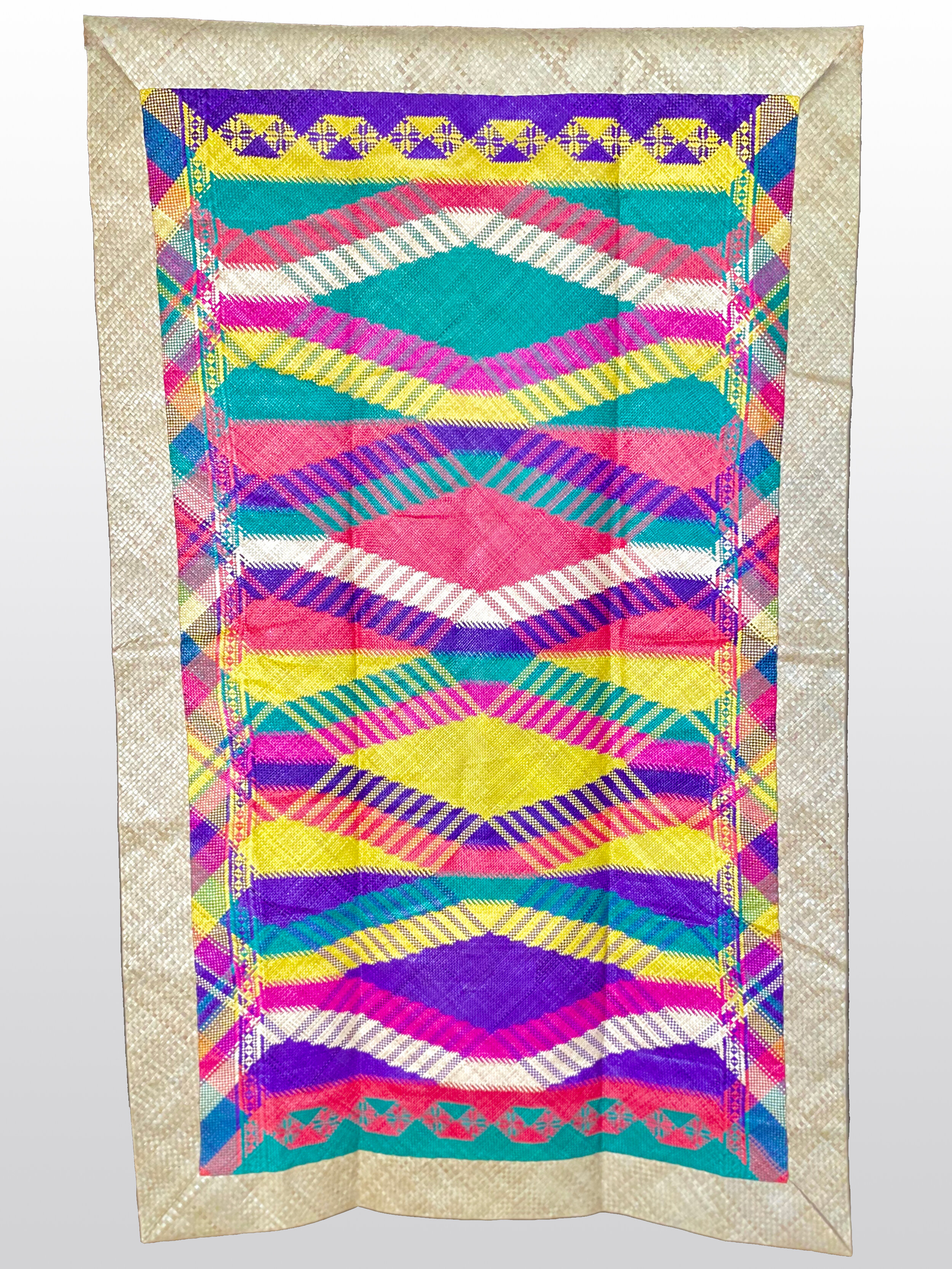FROM Ancient trade routes
of the south
Traditional decorative arts of Muslim communities in the Southern most islands of the Philippines, Mindanao use a variety of design motifs and symbols influenced by the long presence of Hinduism, Buddhism, and Islam. The artistic development in this region can be attributed to Malay ancestors who possessed well-developed art and culture. Although interpretations of design vary considerably between individuals artists, native artists operate within the aesthetic and stylistic limits of their local society. Rendering of designs motifs may be realistic, stylized, or abstract.
The result is never simple or minimal in expression both in form and content or meaning. Ukkil or okir are undoubtedly the most important to the Maranao, Maguindanaon, Iranun, Tau Sug, Sama, and Badjao of Mindanao. To these ethnic Muslims, the term ukkil or okir, means both the art of sculpting or carving and a particular curvilinear design. Internationally, this design is recognized as arabesque. It is a decorative visual language of vegetal and flowing forms with its own grammar and vocabulary. As far as the natives are concerned, art is ukkil.



















